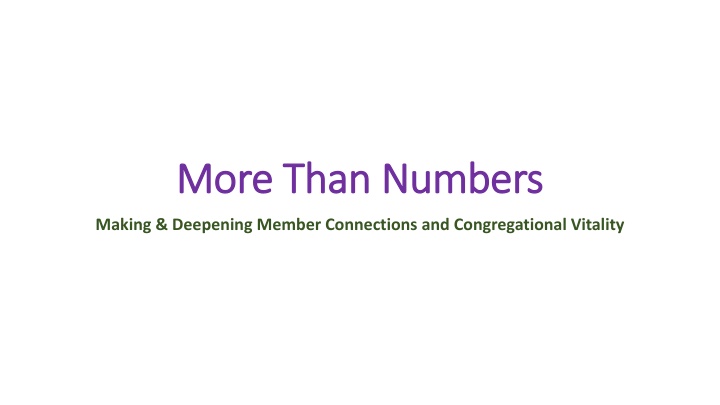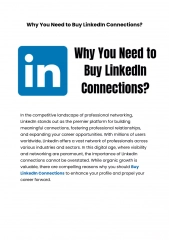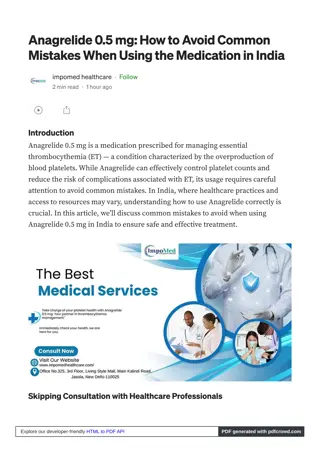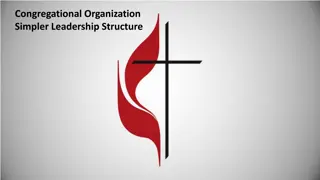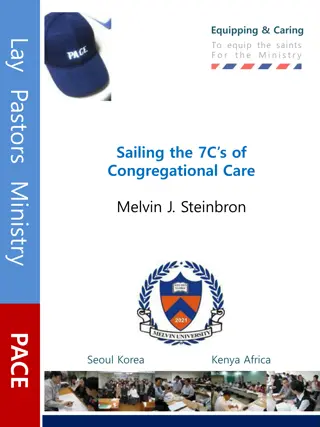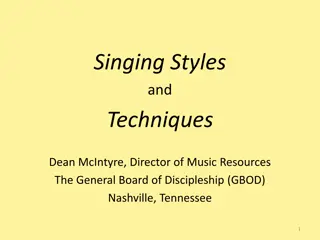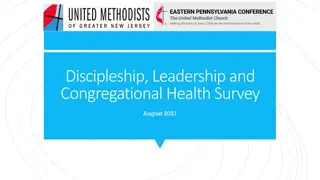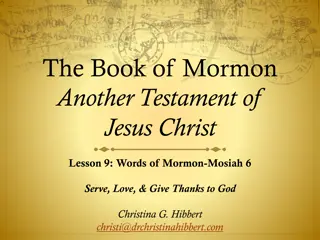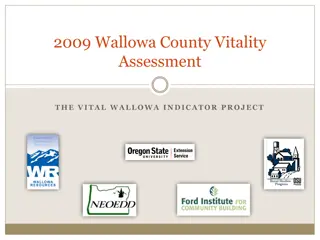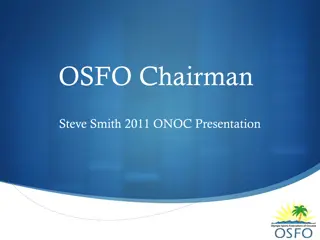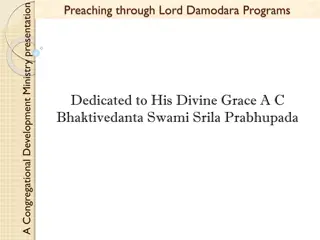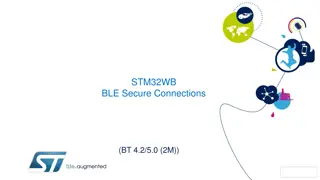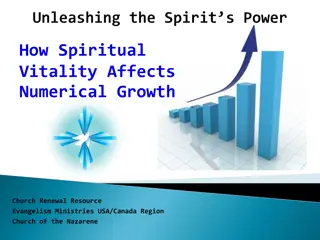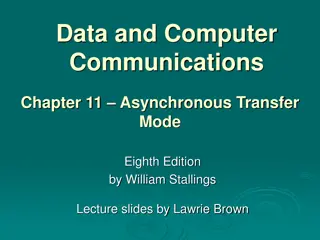Deepening Member Connections for Congregational Vitality
Enhance congregational vitality by focusing on building stronger member connections. Learn how to improve visitor experiences, increase friendliness, and create welcoming facilities and worship services. Discover practical tips for fostering growth and engagement in your congregation.
Download Presentation

Please find below an Image/Link to download the presentation.
The content on the website is provided AS IS for your information and personal use only. It may not be sold, licensed, or shared on other websites without obtaining consent from the author.If you encounter any issues during the download, it is possible that the publisher has removed the file from their server.
You are allowed to download the files provided on this website for personal or commercial use, subject to the condition that they are used lawfully. All files are the property of their respective owners.
The content on the website is provided AS IS for your information and personal use only. It may not be sold, licensed, or shared on other websites without obtaining consent from the author.
E N D
Presentation Transcript
More Than Numbers More Than Numbers Making & Deepening Member Connections and Congregational Vitality
4 Types of Growth 4 Types of Growth Numerical Maturational Organic Incarnational (from Congregational Growth in Unitarian Universalism , New Congregation & Growth Resources, UUA, 2005, drawn from Loren B. Mead s More Than Numbers: The Way Churches Grow, Bethesda, MD: Alban Institute, 1993)
Repel Fewer Visitors Repel Fewer Visitors Look with Fresh Eyes what might be making people feel Confused Awkward or unwelcome Really turned off
Friendliness! Friendliness! The single most important factor in determining whether visitors return to a church is how friendly they find the congregation. Friendliness is determined in the 10 minutes after the worship service ends, and is measured in how many people reach out to say hello, not in the depth of the contact. Dr. Charles Arn, presenter from: Nine Surprising (Or not so Surprising) Patterns in Growing Churches, CmWD Conference on Church
3 Minutes, 10 Feet, 2 People 3 Minutes, 10 Feet, 2 People The first 3-5 minutes a newcomer is in the building AND the first 3-5 minutes after the service (coffee hour/social time) If you are within 10 feet, say Hi! See someone alone? Select a nearby seat and/or approach to say Hi! (Always at least 2 people). Adapted from United Methodist Communications 2010 Welcoming Ministry Training Manual & Planning Handbook pg. 282 Welcoming Tips OR: The Rule of the Two Tens OR: The Rule of the Two Tens 10 minutes before & after a service are the KEY (from Congregational Growth in Unitarian Universalism, 2005).
Facilities Facilities Main entrance Restrooms, wheelchair ramps Greeters at each entrance on Sundays Encourage long-time members to leave empty seats on the aisles easier for newcomer to slip into aisle than climb to a middle seat If parking limited, reserved first time guests parking space in choice location Examine RE rooms Safe? Clean? Inviting?
Worship Services Worship Services & other Programs & other Programs Avoid Acronyms (in Order of Service, Newsletters, Emails, when spoken in the service, etc.) Evaluate service from newcomers eyes. Members often put up with situations that make visitors feel uncomfortable. Announcements & Joys/Sorrows length, content
No Service! No Service! No services during summer Services at different times than posted on website, signs, etc. Service held in different location
Categories & Beyond Categories & Beyond Recognizing our immediate assumptions then moving past them to pay attention to a newcomer s individuality. Learning about his/her/their interests What brought them here today? (ie: what are they seeking, not what we think they are seeking or what we need from them)
Young Adults Young Adults One person s experience Other things to consider?
Intercultural Individuals Intercultural Individuals For both newcomers and members
Accessibility Accessibility http://www.uua.org/accessibility/congregations Make sure greeters, ushers, & worship associates, know how to direct people to large print hymnals, hearing assistance, accessible rest rooms, etc. Don t assume someone wants help. DO ask how you can be helpful.
Audit Audit Do an audit of your space and programs, including Religious Education programs and worship. Ask yourselves questions like these and then develop a plan to make needed changes: o Whose pictures are on the walls? The bulletin boards? The website? What are the messages? o In choosing stories for worship and sharing in other settings, who are the characters? What do they do? Who describes their experience? o What celebrations are part of your congregational life? What do you learn about the "other"? How does this learning affect your life and the life of your congregation?
o What are the themes and values of the curricula you use? Whose values are they? What is implicit in them? o Explore the environments for Religious Education programming. Look at every thing in each room, in each space. What messages do the spaces convey? o What kind of diversity is present in your congregation? At worship? In the Religious Education program? Age? Race? Ethnicity? Gender? Family configuration? Sexual orientation? How is this diversity represented in the life of the congregation? In Religious Education? On committees? In Adult Religious Education? In decision making? o What place does the diversity of your larger community have in the life of your congregation? How do you approach your responsibilities for justice? Out of entitlement? With a sense of accountability? Accountable to whom and how?
After the Welcome After the Welcome How to help people GET and STAY engaged.
Engagement Engagement Offer Information (eg. chats, classes, info potlucks) help people know what it means to be a UU and to be a member of a congregation. Then, after informed and ready to jump in, aim for 20% new member participation in congregational roles, tasks, etc.
Process Process Tracking Evaluating Recognition
Do you know how many first time shoppers actually come back? Do you know how many stay for awhile, seem to like it, but then drift off? Do you know how many people join, but then leave after just a few years? How many join and stay? Tracking Tracking
Data Collection Data Collection Database Other tracking techniques
Using Membership Data Using Membership Data (handout) (handout) From UUA.org https://www.uua.org/documents/congservices/congscount/processdiagram/pdf)
Evaluation of Existing Process Evaluation of Existing Process See UUA.org for Welcoming Congregation, Accessibility, Young Adult, etc. information on evaluating your processes Gather a group of people who have recently joined ask them about their experience. (Create some specific questions to help get the conversation started). (One place I attended offered a special breakfast before a service. Of course childcare was offered too). Look over your newcomer/member data what patterns do you see? What might this indicate?
Some congregations have found Need for more early seeker information Need for more formalized, in-depth information about membership, so people don t join without full understanding of expectations Once involved, need for more ease in moving from one activity to another, not getting stuck. Easily viewable path to something new. Need for checking in with people at various stages, eg. when kids age out of RE, when someone decides they can t or don t want to do ___ any more. A new way to make connections. If a congregation is growing or changing quickly, need for more opportunities for longer-term members to feel connected to this dynamic.
Rituals Rituals Welcoming New Members Honoring Milestones Recognizing Contributions Saying Goodbye
Resources Resources Unitarian Universalist Association of Congregations: uua.org UU Association of Membership Professionals: uuamp.org Handouts
